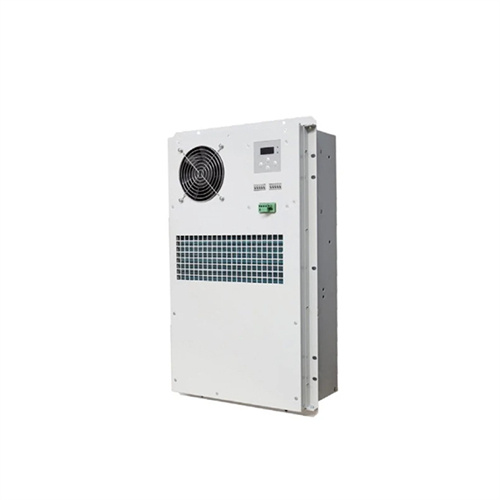Solar photovoltaic panels generate electricity
A photovoltaic (PV) cell, commonly called a solar cell, is a nonmechanical device that converts sunlight directly into electricity. Some PV cells can convert artificial light into electricity. Sunlight is composed of photons, or particles of solar energy. These photons contain varying amounts of energy that correspond to the.
The movement of electrons, which all carry a negative charge, toward the front surface of the PV cell creates an imbalance of electrical.
The efficiency that PV cells convert sunlight to electricity varies by the type of semiconductor material and PV cell technology. The efficiency of commercially available PV panels averaged less than 10% in the mid-1980s.
The PV cell is the basic building block of a PV system. Individual cells can vary from 0.5 inches to about 4.0 inches across. However, one PV cell can only produce 1 or 2 Watts, which is only enough electricity for small uses, such as.
When the sun is shining, PV systems can generate electricity to directly power devices such as water pumps or supply electric power grids. PV.A photovoltaic (PV) cell, commonly called a solar cell, is a nonmechanical device that converts sunlight directly into electricity. Some PV cells can convert artificial light into electricity.
A photovoltaic (PV) cell, commonly called a solar cell, is a nonmechanical device that converts sunlight directly into electricity. Some PV cells can convert artificial light into electricity.
Solar technologies convert sunlight into electrical energy either through photovoltaic (PV) panels or through mirrors that concentrate solar radiation.
There are two primary ways in which solar panels generate electricity: thermal conversion and photovoltaic effect.
PV systems generate power without pollution—and recent advancements have greatly improved their efficiency and electrical output.
Key takeawaysA photovoltaic cell is the most critical part of a solar panel that allows it to convert sunlight into electricity.The two main types of solar cells are monocrystalline and polycrystalline.The "photovoltaic effect" refers to the conversion of solar energy to electrical energy.
Related Contents
- Solar photovoltaic panels that do not generate electricity
- Trina Solar photovoltaic panels generate electricity
- Can photovoltaic solar panels generate electricity cleanly
- Do photovoltaic panels rely on solar power to generate electricity
- Solar photovoltaic panels generate electricity to produce hydrogen
- Photovoltaic solar panels generate electricity on cloudy days
- Solar photovoltaic panels generate 220v electricity per square meter
- Solar photovoltaic panels generate electricity
- Solar panels generate electricity to light boxes
- Can fire generate electricity for solar panels
- How many square meters of solar panels can generate 2000w of electricity
- Can Pingtai solar panels generate electricity


